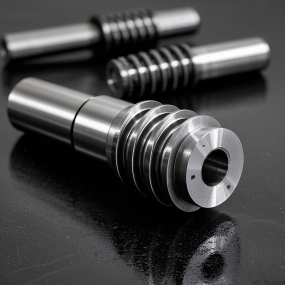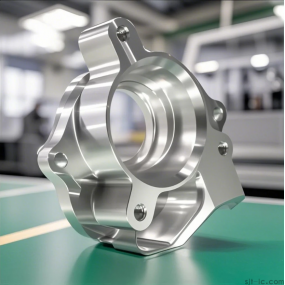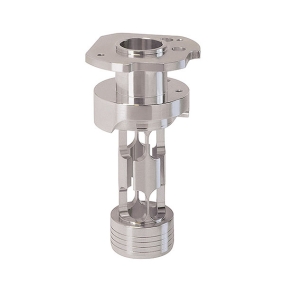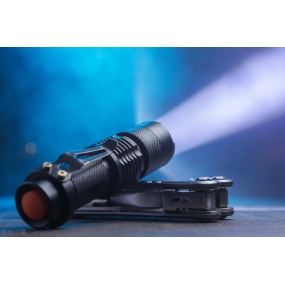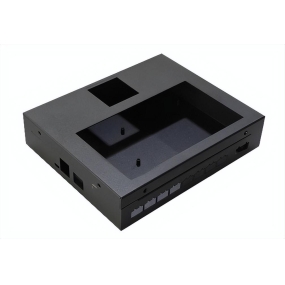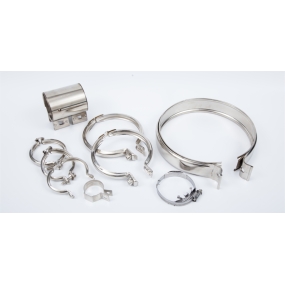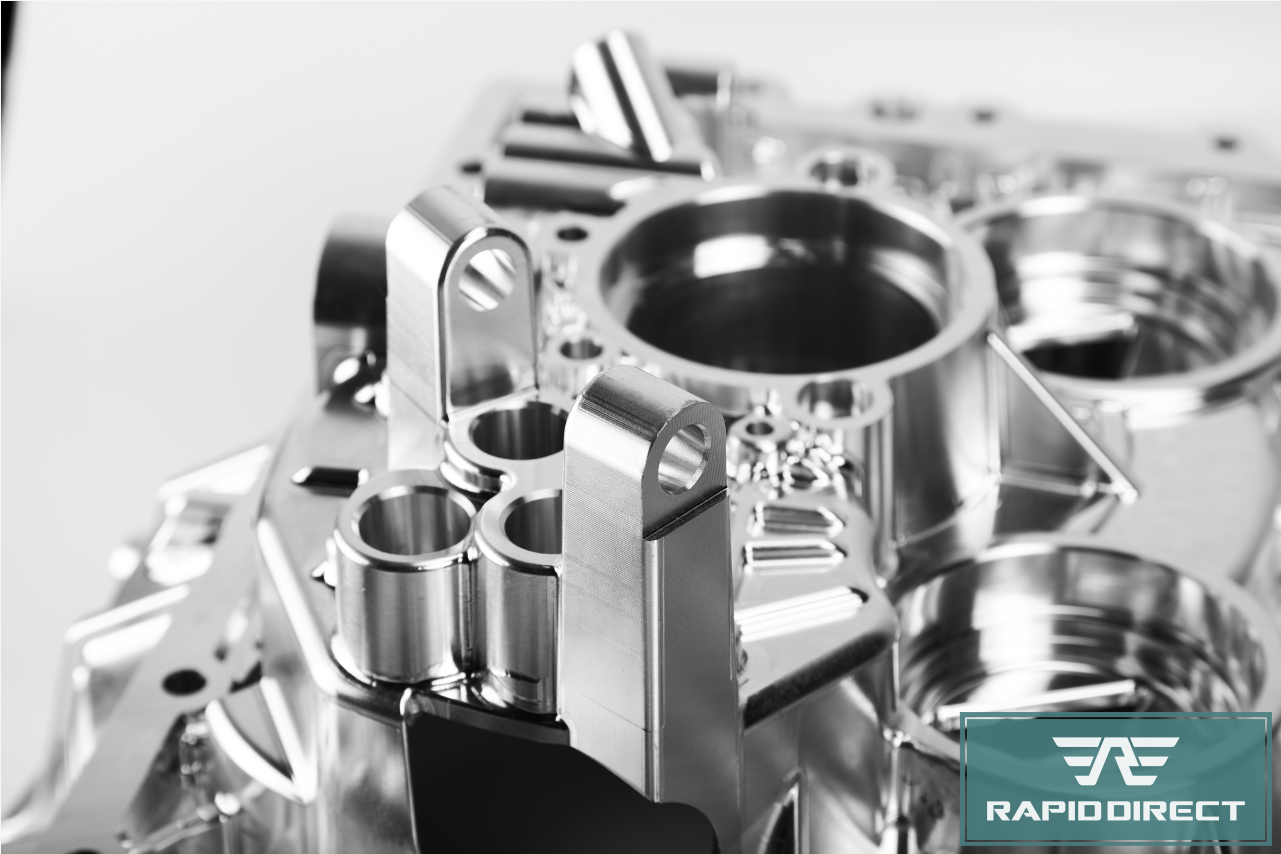
The subdivision of hardware surface processing can be divided into: hardware oxidation processing, hardware spray painting processing, electroplating, surface polishing processing, hardware corrosion processing, and so on
Surface processing of hardware parts:
1. Oxidation processing: When producing hardware products (mainly aluminum parts), hardware factories use oxidation processing to make the surface of the hardware products harder and less susceptible to wear and tear.
2. Spray painting processing: Hardware factories use spray painting processing to produce large hardware products, which helps prevent rusting of hardware components, such as daily necessities, electrical casings, handicrafts, etc
3. Electroplating: Electroplating is also the most common processing technology in hardware processing. Through modern technology, the surface of hardware components is electroplated to ensure that products do not undergo mold or embroidery after long-term use. Common electroplating processes include screws, stamped parts, battery cells, car parts, small accessories, etc,
4. Surface polishing processing: Surface polishing processing is generally used for a long time in daily necessities. For example, if we produce a comb, which is a hardware component made by stamping, the edges and corners of the stamped comb are very sharp. We need to polish the sharp parts of the edges and corners to create a smooth face, so as not to cause harm to the human body during use.
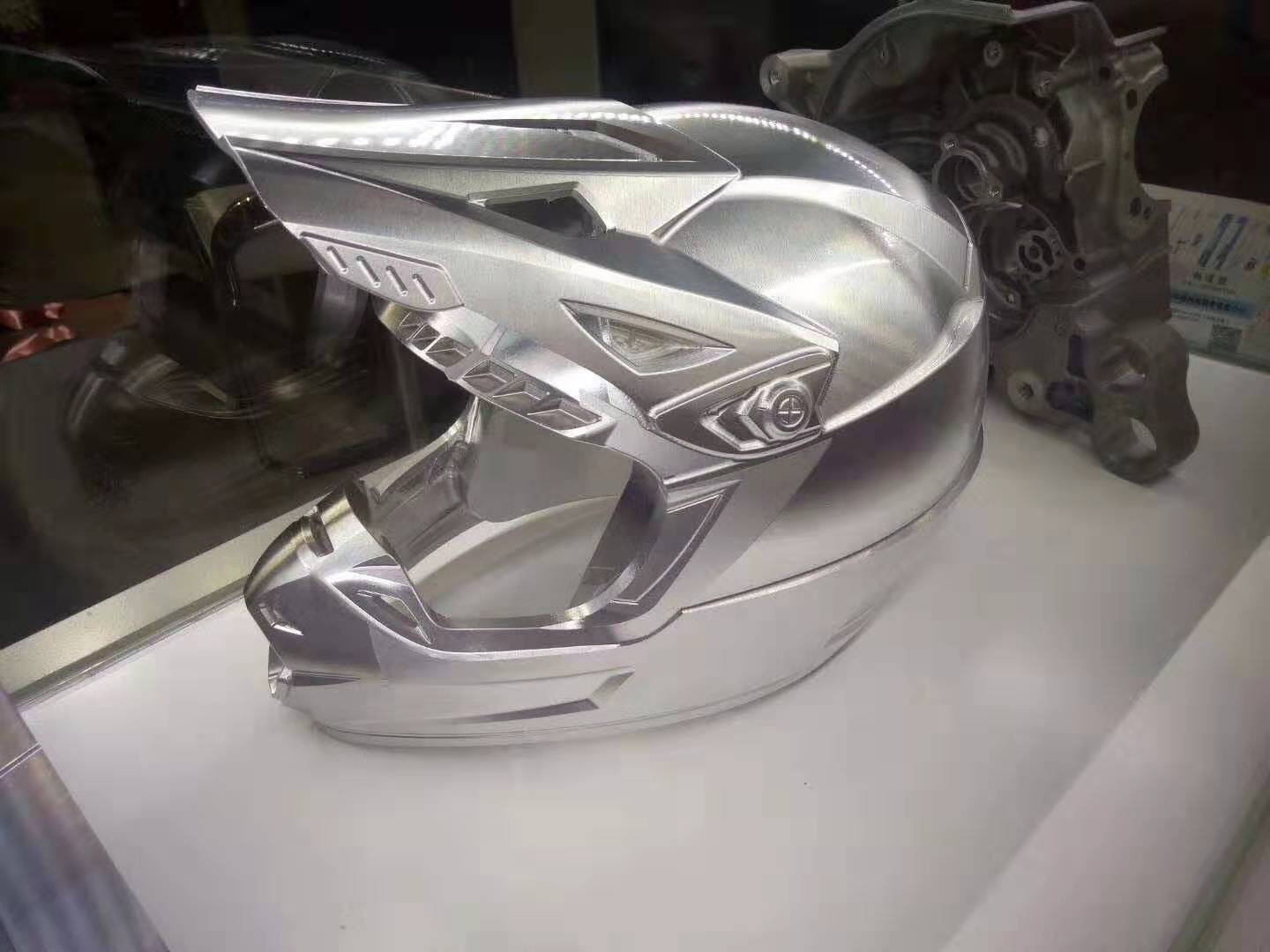
The surface processing method of CNC Machining parts first depends on the technical requirements of the machining surface. However, it should be noted that these technical requirements may not necessarily be the requirements specified on the part drawing. Sometimes, due to process reasons, they may be higher than the requirements on the part drawing in some aspects, such as increasing the machining requirements on the surface of certain CNC machined parts due to non overlapping benchmarks, or possibly requiring higher machining requirements due to being used as precision benchmarks.
After clarifying the technical requirements for the surface of each CNC machining part, the final machining method that can ensure the requirements can be selected based on this, and the required number of steps and the machining methods for each step can be determined. The selected CNC machining method should meet the requirements of part quality, good machining economy, and high production efficiency. Therefore, when choosing a processing method, the following factors should be considered:
1. Any CNC machining method can achieve a considerable range of machining accuracy and surface roughness, but only within a narrow range is economic, and the machining accuracy within this range is economic machining accuracy. Therefore, when selecting processing methods, the corresponding processing methods that can achieve economic processing accuracy should be selected.
2. Consider the properties of the CNC machining material.
3. Consider the structural shape and size of CNC machined parts.
4. Consider productivity and economic requirements. When producing in large quantities, high-efficiency advanced processes should be adopted. It can even fundamentally change the manufacturing method of the blank, reducing the labor required for mechanical processing.
5. Consider the existing equipment and technical conditions of the factory or workshop. When selecting processing methods, make full use of existing equipment, tap into the potential of the enterprise, and unleash the enthusiasm and creativity of workers. But it is also necessary to consider continuously improving existing processing methods and equipment, adopting new technologies, and improving process levels.
 Shenzhen Quick Direct Industrial Technology Co., Ltd
Shenzhen Quick Direct Industrial Technology Co., Ltd
The above is the learning content disseminated by Shenzhen Quick Direct Industrial Technology Co., Ltd. for machining enthusiasts. We are always learning, and may everyone who loves learning have a bright future!


 Spanish
Spanish Arabic
Arabic French
French Portuguese
Portuguese Belarusian
Belarusian Japanese
Japanese Russian
Russian Malay
Malay Icelandic
Icelandic Bulgarian
Bulgarian Azerbaijani
Azerbaijani Estonian
Estonian Irish
Irish Polish
Polish Persian
Persian Boolean
Boolean Danish
Danish German
German Filipino
Filipino Finnish
Finnish Korean
Korean Dutch
Dutch Galician
Galician Catalan
Catalan Czech
Czech Croatian
Croatian Latin
Latin Latvian
Latvian Romanian
Romanian Maltese
Maltese Macedonian
Macedonian Norwegian
Norwegian Swedish
Swedish Serbian
Serbian Slovak
Slovak Slovenian
Slovenian Swahili
Swahili Thai
Thai Turkish
Turkish Welsh
Welsh Urdu
Urdu Ukrainian
Ukrainian Greek
Greek Hungarian
Hungarian Italian
Italian Yiddish
Yiddish Indonesian
Indonesian Vietnamese
Vietnamese Haitian Creole
Haitian Creole Spanish Basque
Spanish Basque

